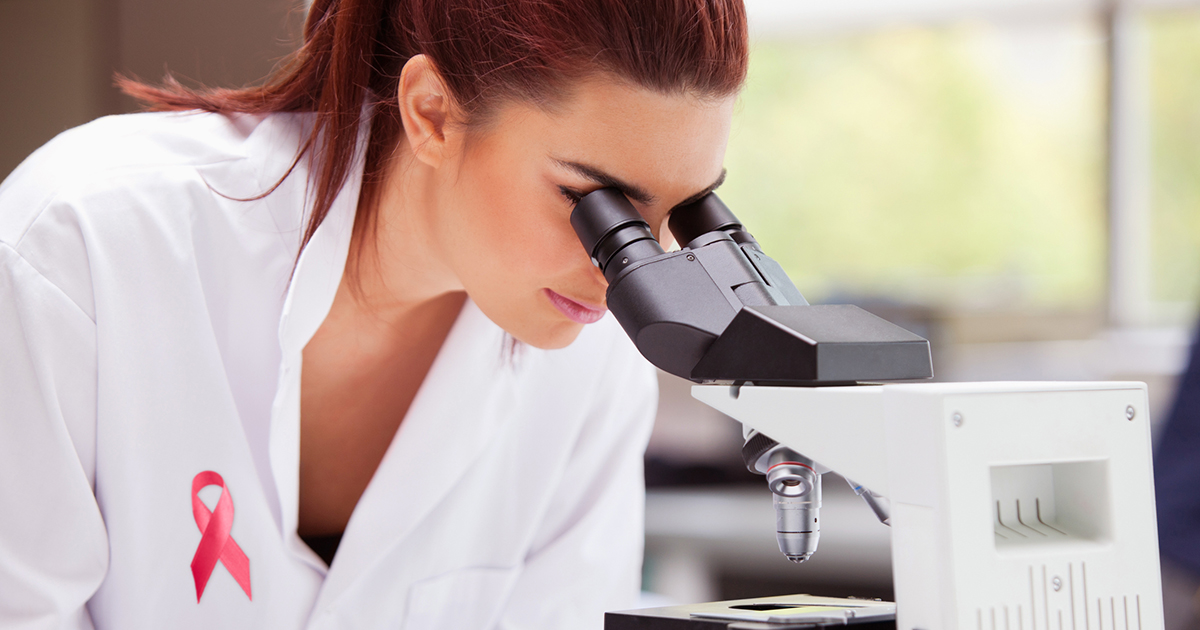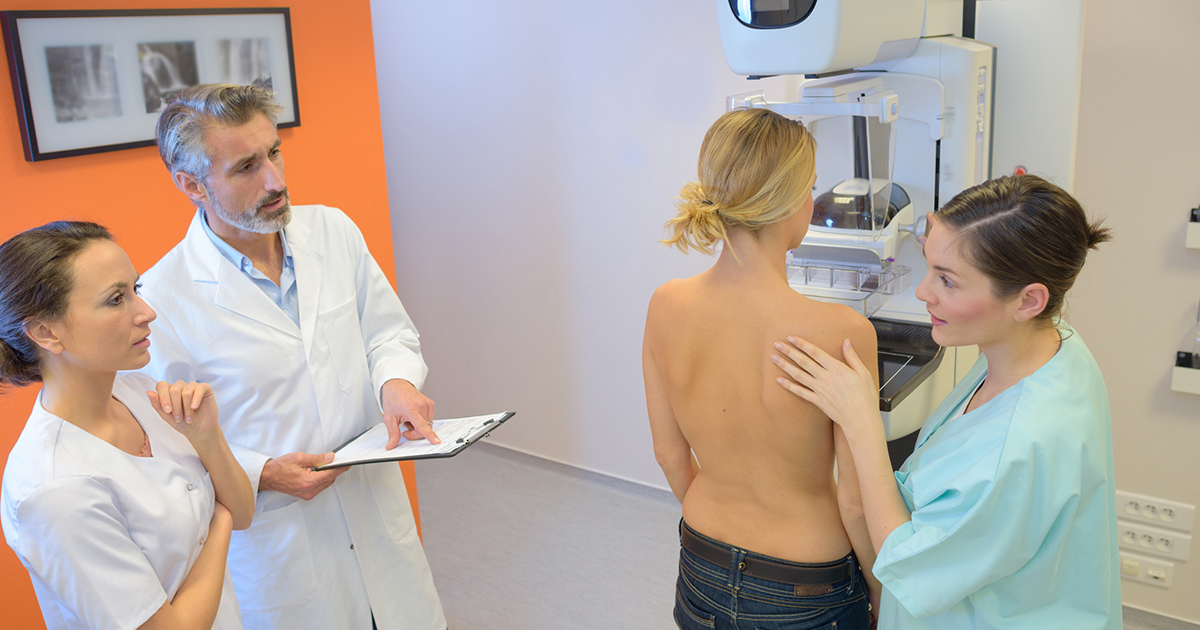The Different Types of Breast Cancer, Explained
Rare Breast Cancers

The most common types of breast cancers develop from the ducts or lobules. Conversely, rare types of breast cancer form in other tissues and cells of the breast, including the sebaceous glands, endothelial cells, and muscles. The therapeutic approach to the treatment of primary breast cancer is extensively studied and well defined. However, there is no consensus regarding treatment of rare breast cancer due to the rarity in research, and most of them have been treated with standard therapy. Some of the most common rare breast cancers include secretory carcinoma, neuroendocrine carcinoma, invasive cribriform carcinoma, mucinous carcinoma, solid papillary carcinoma, and apocrine carcinoma.
Breast Cancer Subtypes

Although most people think breast cancer is one type of disease, studies have shown there are multiple subtypes. The subtypes are classified according to the tumor, nodes, and metastasis. Their growth rates and risk factors vary. Below are some of the five main breast cancer subtypes. Luminal A is a subtype of breast cancer that is hormone-receptor positive and HER2 negative. It also has reduced levels of protein Ki-67, which determines the growth rate of the cancer cells. They have slow growth and good prognosis. Similar to Luminal A, Luminal B is hormone-receptor positive. However, it is also HER2 positive or HER2 negative and elevated amount of Ki-67. Additionally, it grows faster and has a poor prognosis.
Triple-negative (basal-like) is both hormone-receptor and HER2 negative. It is mostly associated with women with BRCA1gene mutations. Research has shown it is prevalent among young and African-American women. The HER2-enriched subtype is hormone-receptor negative and HER2 positive. They grow faster than other subtypes and also have a poor prognosis. Nevertheless, it is treatable with effective therapies on the HER2 proteins. Normal-like breast cancer is hormone-receptor positive, HER2 negative, and has reduced levels of Ki-67 protein. Compared to other subtypes, it has an excellent prognosis, but still poorer than Luminal A.
